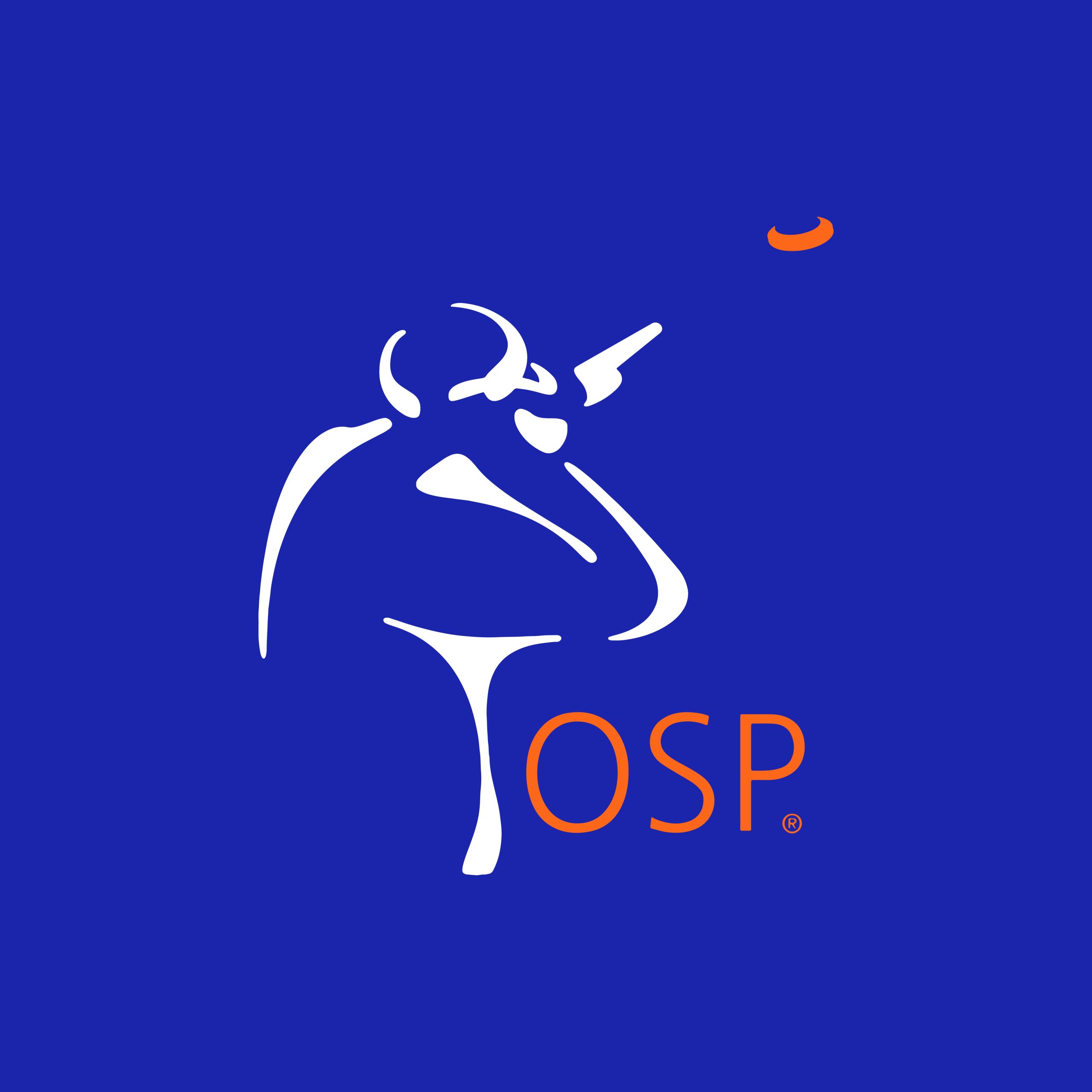Honing Your Self-Talk
Most of the time self-talk is just babble. It’s just going on and on and on.
There are times and places for self-talk, but most of the stuff that we hear on the sporting clays course is a justification to people around you that you know why you missed and you’re not stupid.
But that babbling ends up making you look really stupid to people who know what they’re doing.
When Jeff, one of our students, had an incredible round at a tournament, he said there was nothing in his mind. It was completely blank. Being able to capture a mindset like that is also a neurocircuit that you have to do enough times so that you can call on it.
When I shot really well at the National Championship, my thoughts were on the process of the preload. The more I did it, the less I was aware of the picture. It just happened in the plan.
When I would walk into the stand, my preload was that it was either left of the barrel or across the barrel. Where is the target coming from? Same speed at the end. And I was stubborn with the picture on quartering birds.
Understand that self-talk is not bad. We just make it that way. We can control it, and you can find different ways to control it. Your self-talk can provide a task-specific focus in pressured environments and can be applied to each performance setting.
When the first one doesn’t work out and the second plan doesn’t work out, you stop. To use a fishing analogy, you don’t keep fishing faster and changing baits faster. You slow down and stop. You go back into your memory bank and observe what’s around you, go back to fundamentals, something you have confidence in.
It’s the same thing in sporting clays. You go back to fundamentals, either crossing or quartering. If it’s quartering, stabilize the picture. If it’s crossing, stabilize the picture. Be early, let it come, and keep your nose on the target. Go back to those fundamental things.
Self-talk can take the form of a cue word or a phrase or a self-direction pertaining to what you’re about to do, front edge, same speed, stable picture, stubborn with the picture, just left and just across the barrel.
Team sports require a little different self-talk. You’re not always going to have a peak performance where your mind goes blank. However, when you’re really there and you begin to give your brain much clearer commands on what you’re asking it to do, it responds, “Oh, look out.” Especially in a single person’s sport like we have.
This is an excerpt from the January 2014 Coaching Hour podcast. You can listen to it and read a written transcript, along with over 20 years of archived episodes with your Knowledge Vault membership.




